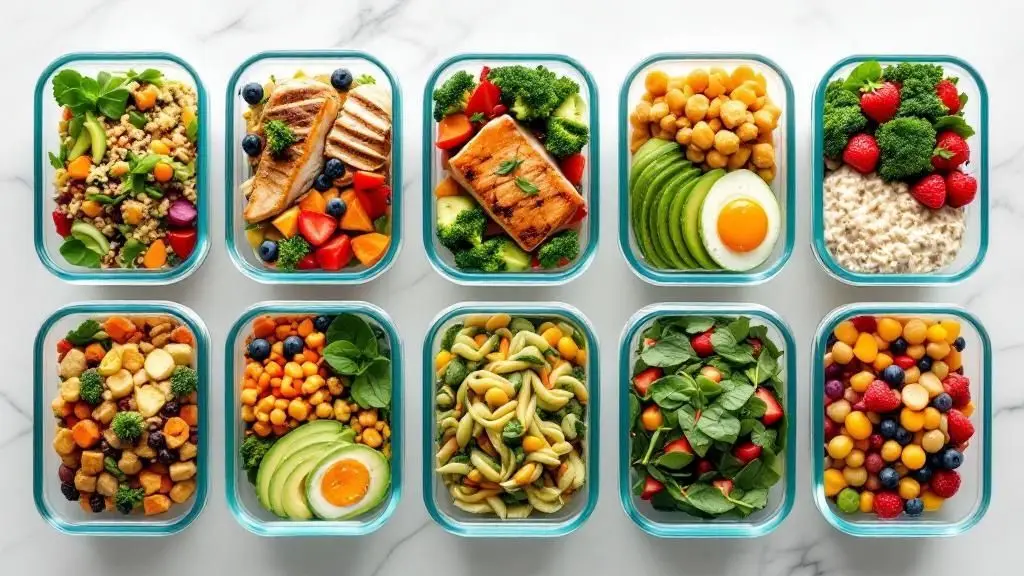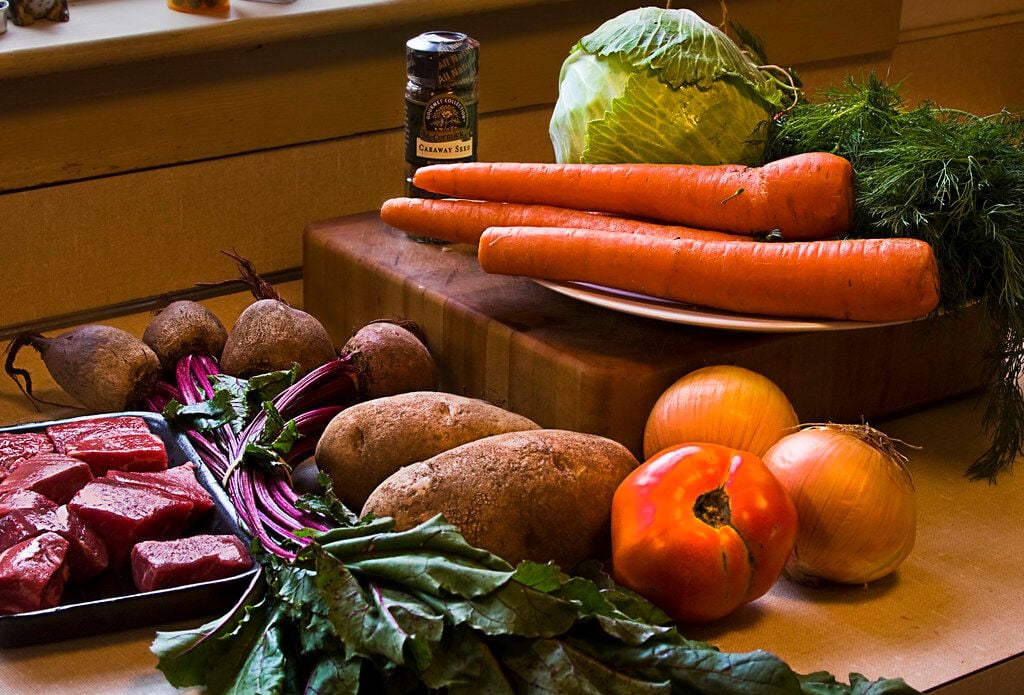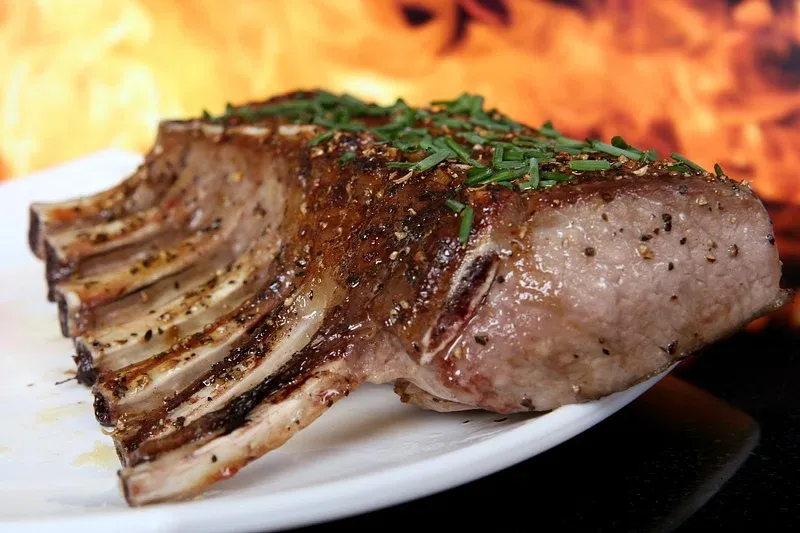
Keep Your Meats Fresh: The Ultimate Guide to Prolonging Meat Life
- Apr 19, 2024
There's perhaps nothing more disappointing than wasting ingredients, especially when it's a nice cut of meat that has been sitting in the refirgerator for too long, causing you to doubt its safety. No one wants to risk food poisoning, neither is it fun to throw food away. So how do we save ourselves from such predicaments?
It's about trusting your instincts. An 'olfactory check' is one of the first and crucial steps to deciding whether to keep or to toss. If the meat emits an unusual odor, it's a safer bet to dispose of it even if the date on the package suggests it's okay. What controls this? The secret lies in how you store it.
Storing meat correctly rests on maintaining temperature safety till you're ready to prepare it. In most cases, you'd be buying from your local grocery store, making it even more crucial to adhere to the recommended 'use by' date on the package. Maintaining the required temperature helps as well - refrigerated meat should be 40°F or below, and frozen meat should be 0°F or below.
What if you've only used a portion of the meat? Keep it tightly covered in plastic for use or freezing within the next day.
Meat preservation's biggest threat is warm air. You can protect the meat by limiting its exposure to air. If you're cooking it in the next few days, simply keeping the meat in its initial butcher paper should work fine. However, if it's heading for the freezer, plastic is your best bet. A zip-lock freezer bag or a vacuum-sealed one will serve the purpose.
Can you cook straight from frozen meats? It's possible, with minor adjustments: expect the cooking time to increase by one and a half times and reduce the oven temperature to avoid overcooking the outer while the center remains frozen. Therefore, thawing gives more optimal results.
Deliberate thawing is preferable, giving the best results in terms of texture. For frozen meats, ideally, transfer them to your refrigerator, allowing thawing for at least a day, up to three or four for larger items like a whole chicken or roast. Fast forward the process by immersing the meat in a zip-lock bag in cold water; exchange the water every half-hour for safety measures.
Bear in mind thawing's method will affect the meat's flavor and texture. Microwaving is not recommended due to its tendency to leach flavors and disrupt texture, leading to a subpar culinary experience. For express defrosting, try the water bowl trick.
Want more flavor during thawing? A brine solution instead of water will let you marinate and thaw simultaneously! Try Pickled-Brined Chicken for a delicious journey into the world of brine-flavored meats.






